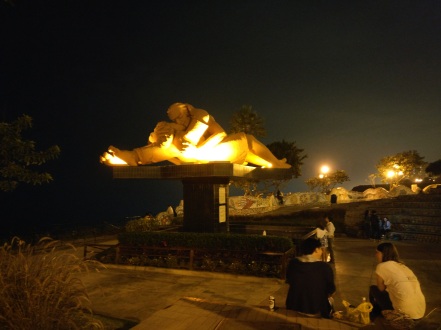I’ve always thought of Colombia as an innovative place from the very first moment I learned about Ciclovias through my Sunday Streets experiences in San Francisco and the worldwide BRT model that is the Transmilenio in Bogota.
Leave it up to some good ol’ American drama to lead me to even more city planning innovation hidden in Colombia. I watched Narcos and was compelled to Google “Pablo Escobar,” which led me to other background and history of life in Medellin after his death. The city bounced back through some government interventions, including the construction of public escalators and gondolas that scaled the steep hillsides of the “city of the eternal spring.” This infrastructure allowed those in the hillside, mostly the poorest and previously isolated from the central city, to access vital resources that were inaccessible. Libraries and public spaces were also built around the city, providing people with places to be and things to do. The city built bridges between neighborhoods that were previously divided by gang violence.
Allow me to share a moment of geekiness: a lunch & learn with the former Director of Planning of Medellin, who helped with all these incredible city planning efforts https://www.youtube.com/watch?v=IjrvdeD3Fz0. And that will be my last city planning moment for this post. Now for the fun and pictures!
Unfortunately, I didn’t get to see most of what I had intended on seeing at Medellin. I wanted to go to the public escalators; didn’t see those. I drew up a plan to get to the gondolas/cable cars; never made it. I “starred” the famous public library on my Google maps; didn’t happen. In any case, I was able to partake in the Medellin version of Ciclovias, watch the Warriors win at an Irish pub, and visit a nearby town that has a beautiful display of culture: Guatape.
I realize that I am glossing over or completely skipping some parts of my trip. While Machu Picchu, Lake Titicaca, and Cusco were highlights of my trip, those destinations have been extremely well-visited by the world. I was drawn to the history of Medellin and its transformation, so I focused on this city. Maybe in the future I’ll find another blog post in which I can incorporate my experiences at Machu Picchu, Lake Titicaca, or Cusco to share. For now, I’m just overwhelmed with the thought of sharing my entire trip.

Me and my travel buddy, Ryan








